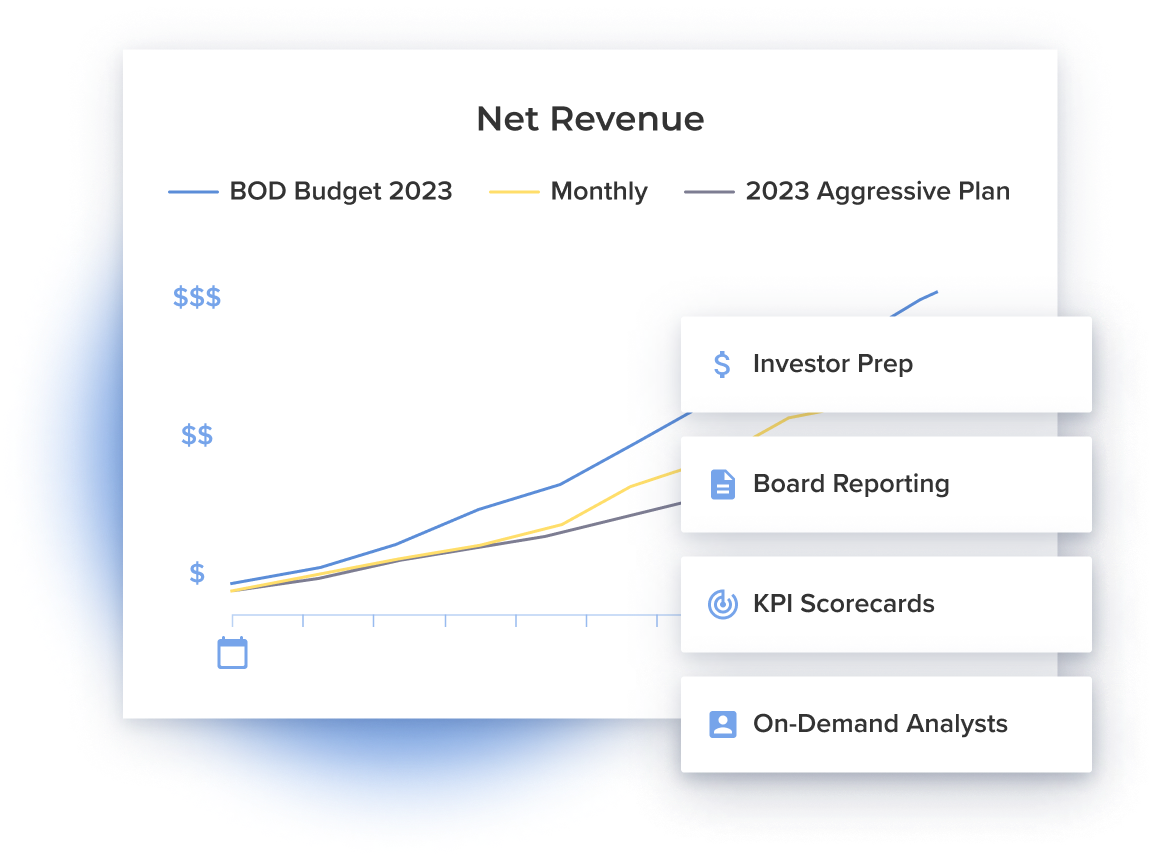Introduction
Direct-to-consumer eCommerce has exploded in recent years, as anyone with a social media account is well aware. DTC brands have gained an extra boost alongside e-commerce more broadly as the pandemic has convinced more shoppers that it’s safer and easier to shop from home. From razors to retinol and from shoes to booze, hundreds of thousands of brands (or, as some have put it, “blands”) have popped up to disrupt commodity goods markets.
The old playbook goes something like this: Identify a product category that needs a facelift and offer a more consumer-friendly, attractive version. Skip the typical sales channels like big-box stores and other wholesale avenues and go straight to the consumer, often via ad spend on social media.
Why? Well, if brands skip the middlemen, in theory, they can capture more of the profits. In reality, this has proven to be less straightforward than many initially envisioned.
And so, the game has evolved. Some DTC brands have realized that it’s tricky to balance the amount they are spending on advertising (or customer acquisition cost, a.k.a. CAC) with the lifetime value (LTV) of their customers. For example, mattress disruptor and IPO darling Casper has famously never turned a profit. Other DTC brands have experimented with extending their reach by opening storefronts or building partnerships with big-box retailers to get in front of more customers.
It’s safe to say that DTC e-commerce is going through a period of rapid evolution, as new brands hit the market nearly every day and both the original players and the newcomers experiment with how to build a DTC ecomm business that actually, well, makes money.
From the beginning, many DTC brands have followed the traditional VC model of raising equity to fund growth while operating at a loss. In fact, whether the product is software or shaving cream, startup culture and VC culture have become synonymous. However, software and ecomm are different beasts, with different trajectories and sales paths to navigate. Even software companies have started to question the VC model, and many DTCs are exploring other ways to fund their growth without giving up so much equity and upside.
That’s not to say that venture capital is inherently bad or not appropriate for any startups. But it’s important to take a step back and think critically about capital, especially as a DTC company with specific business goals. Ultimately, it’s key to consider your goals and the potential outcomes of different capital strategies.
To that end, we think it’s really important that DTC founders and stakeholders have a clear-eyed view of how, when, and why to leverage different types of capital in the service of their goals. That’s what this eBook is all about. A lot of D2C brands are interested in learning about alternative forms of financing like bank loans, lines of credit and crowdfunding.
Our focus is on helping DTC and eComm founders understand the different forms of capital, decide which are the best for them at their current stage and know which forms will be available to them as they grow their business.
We want to help founders think critically about whether, when, and how to take on funding and how it will impact them and their businesses down the line. Read on to learn more.



